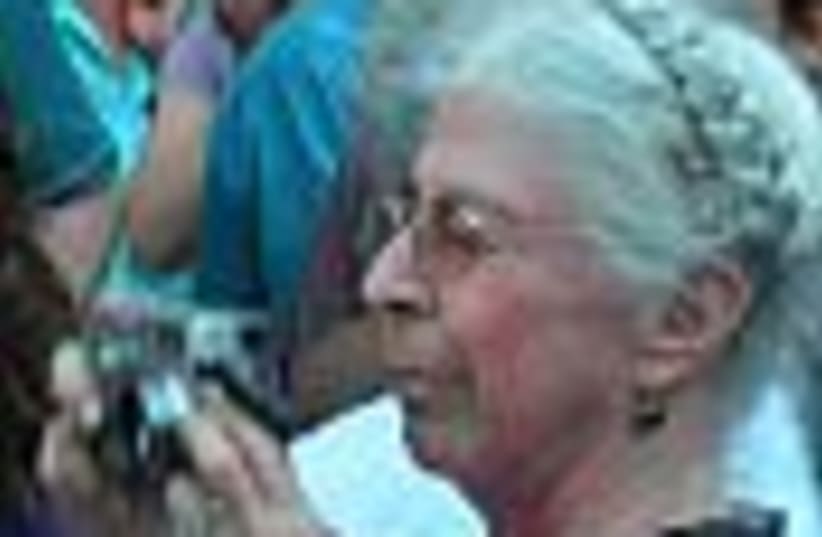| More about: | Hamburg, Oranim Academic College, Arabic language |
Shuttering Jerusalem
The differences between the works of various photographers are apparent at a show of prints by German and Israeli photographers at the Jerusalem Artists House.


| More about: | Hamburg, Oranim Academic College, Arabic language |